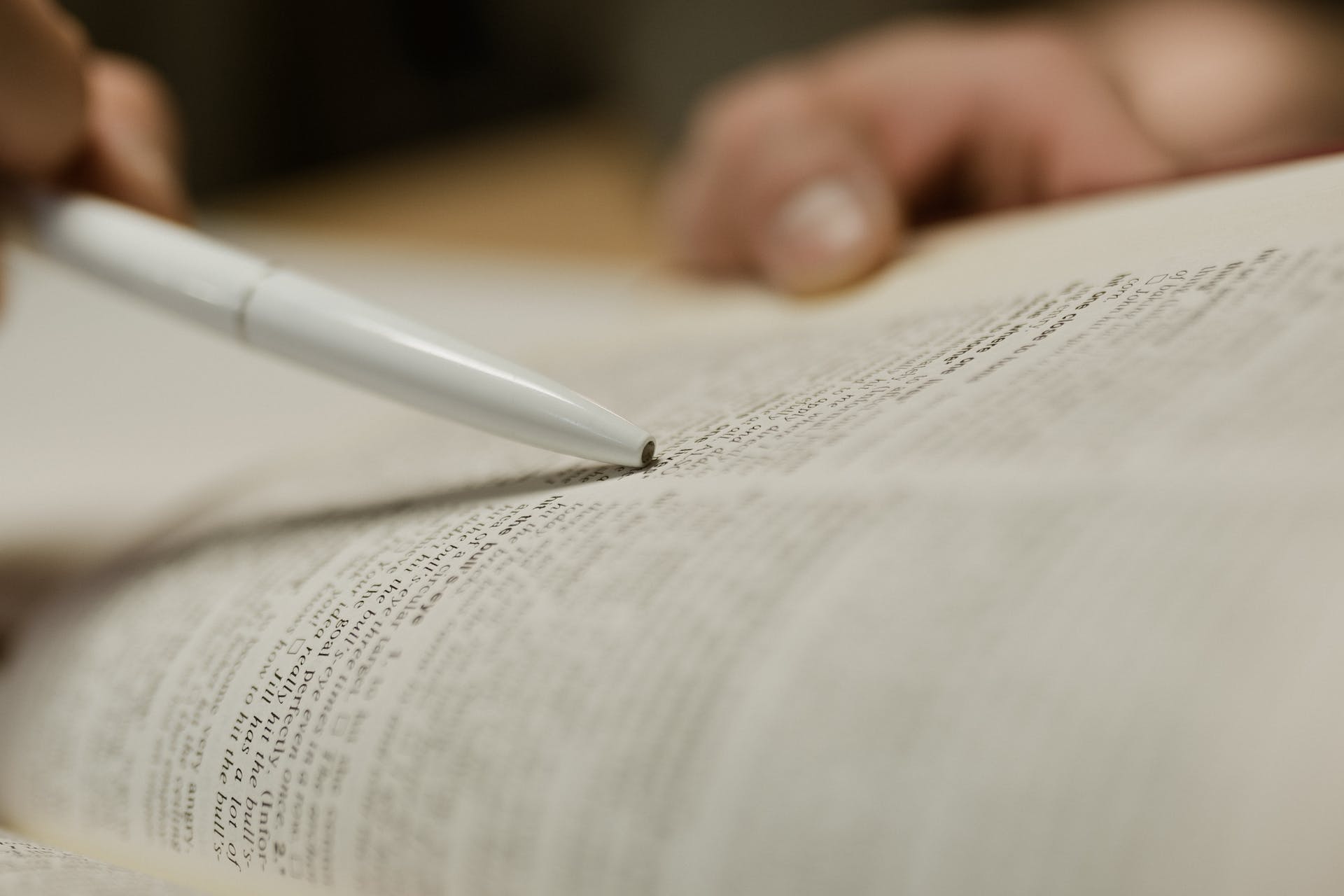
Slip and fall accidents are among the most common causes of injuries, often resulting from hazardous conditions in various settings. Whether it’s a slippery grocery store floor or uneven sidewalk pavement, these accidents can lead to serious consequences for victims. Understanding the dynamics of slip and fall accidents is crucial for prevention and recourse.
Slip and fall accidents can occur due to various factors, including:
Slip and fall accidents can result in a wide range of injuries, including:
To reduce the risk of slip and fall accidents, proactive measures can be implemented, including:
In the event of a slip and fall accident, it’s essential to take the following steps:
In slip and fall cases, legal considerations include:
For individuals affected by slip and fall accidents, resources and support services include:
Slip and fall accidents can have profound consequences for victims, ranging from physical injuries to financial burdens. By understanding the causes, impacts, and prevention strategies associated with these accidents, individuals can take proactive measures to protect themselves and seek recourse when needed. By prioritizing safety, awareness, and legal advocacy, we can strive to create safer environments and support those affected by slip and fall incidents.
©2025, Redmond Law Firm, PLLC. All Rights Reserved.